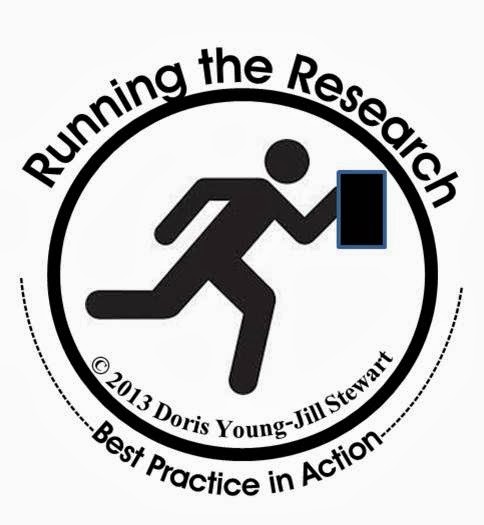Hah! Thanks to Bridgett for sending this my way! It made me laugh... then it made me think. I wonder how many of my students have felt like this?
In the NCTM's Principles and Standards for School Mathematics 2000 publication they suggest: Understanding should be the goal for all mathematics we teach. The single most important principle for improving the teaching of mathematics is to allow the subject of mathematics to be problematic.
So how can we teach through problem based tasks instead of the traditional teacher directed lesson?
Books like this one from Van de Walle provide great ideas on the topic:
Here is another resource to explore a more child centered approach to teaching math.
Let's take a look at problem based learning and how it may fit in a graphing unit.
Third graders are coming to us with prior experiences with data and graphing. My lessons on the various graphs we need to cover begin with a real life "Teacher Problem". Students must use their background on graphing to help their teacher come up with a solution to her problem. I will tell you that you will quickly learn who knows what about graphing when you begin with a problem. Great way to assess!
One of the first problems I introduce involves students figuring out a better way to organize lunch choice data. I provide the problem and they work toward a solution. I am merely a "guide on the side" as Barbara Blanke has suggested. This can be really difficult. No more teacher show and tell sessions! This is where I need to remember that the student struggle is an important part of the learning process. I am working on becoming more proficient in asking good math questions that can help my students make important math discoveries.
After we have worked through problems involving each type of graph we will share what we have learned about each one. This helps students organize their thinking and can serve as a sort of exit ticket idea.
Problem based math does take more time than the traditional "I'll show - you learn" methods. I look for ways to integrate content into my math time in an effort to maximize my time. In this one, students are getting mapping practice as they hunt down how many rivers, interstates, parks, lakes, and mountains they can find on a Virginia state map.
Poetry can be a great way to integrate reading into math time. After reading "Choosing Shoes" we meet in a circle and all take off one shoe. We placed them all in the center of our huge circle. Then we work on classifying and categorizing our shoes in a variety of ways before we settle on a way we can graph the most popular shoes people are wearing.
Students need to have a good grasp of math vocabulary. I want students to be comfortable reading, understanding and using these words as we math talk our problems. Some focused attention on the words is sometimes necessary. Here are picture word cards we use throughout the study of graphs and data.
In the end, I need students to be skilled at using the best graph for particular types of information. Having students compare/contrast the different types of graphs helps them to gain a better understanding allowing them to make correct choices.
Here are some of my favorite read alouds. A quick read aloud before our lesson helps focus our attention and is a great "hook".
Books like this one are great to keep at math stations for students to read if they finish their tasks before time is up.
I really like this one that is problem based and engaging. In this book children are using graphs to help them run a lemonade stand.
Interested in seeing more of this unit?
Check out TPT:
I would love to hear your thoughts and ideas on teaching math through a problem based approach!
Are you doing it? Do you see value in it?
Email me!!



 youngdor8@gmail.com
youngdor8@gmail.com











